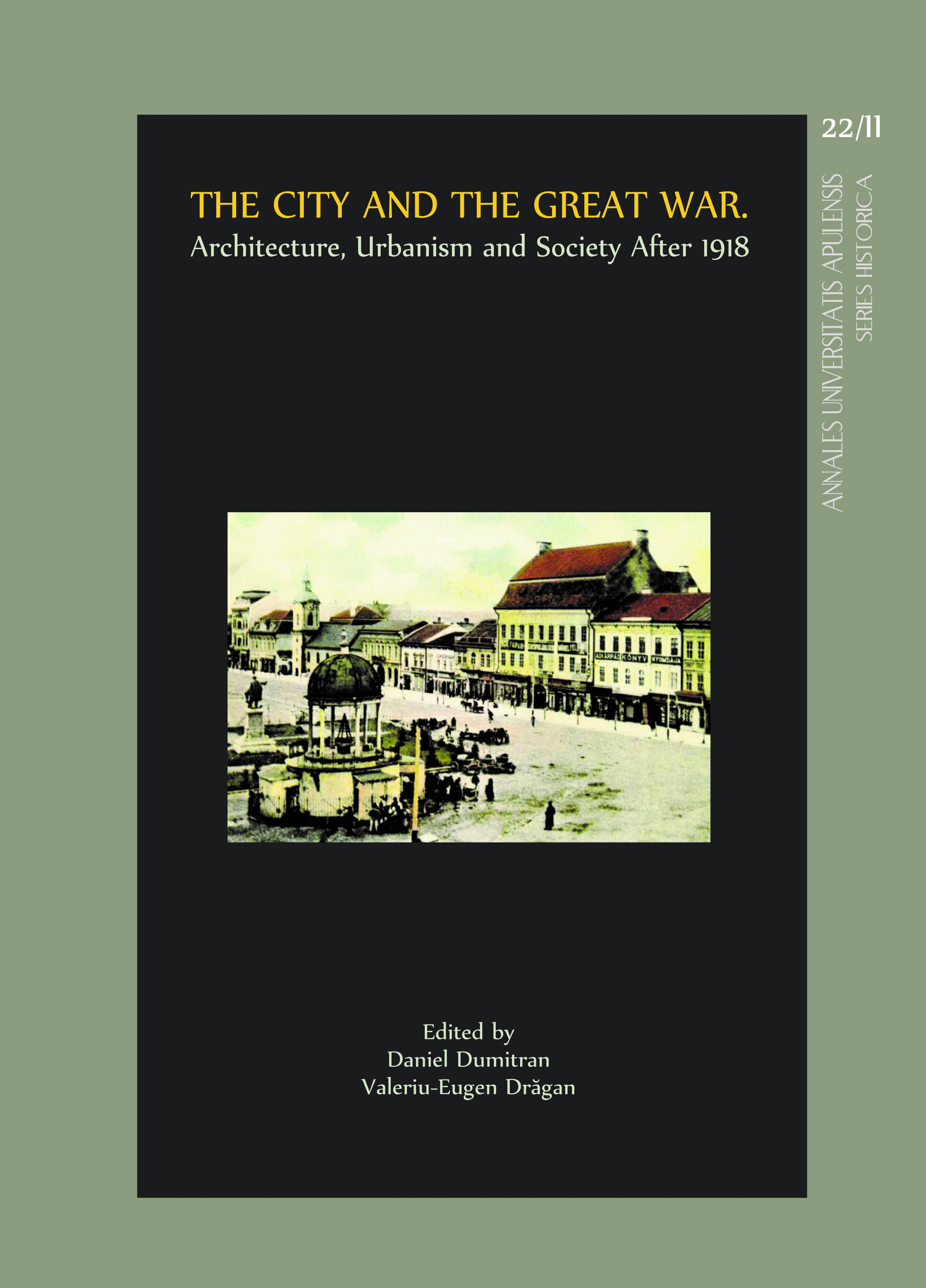Chernivtsi Architecture, Urban Landscape and Heritage Conservation: Shared Historical Legacy of the Romanian Period (1919-1940s)
Chernivtsi Architecture, Urban Landscape and Heritage Conservation: Shared Historical Legacy of the Romanian Period (1919-1940s)
Author(s): Valentyna Bohatyrets, Liubov MELNYCHUKSubject(s): Architecture, Interwar Period (1920 - 1939)
Published by: Editura Mega Print SRL
Keywords: Bukovyna; Chernivtsi; architectural tolerance; the Romanian period; urban landscape; multiculturalism; heritage conservation
Summary/Abstract: As far as all cities in today’s globalized societies are multilingual, multifaceted and multinational, they are a priori of particularly intense historical and cultural significance. Our study aims to illuminate the nature and effects of these interactions. The cities of Central Europe offer rich case studies – Chernivtsi, in particular, since its architecture shows this historical process thanks to a series of urban landmarks. A thorough investigation of architecture, language and culture can help provide a nuanced understanding of the nature of the entwined relations which prevailed throughout the Romanian period.In this article, we wish to contribute to the debate about the richness and diversity of the architectural styles and urban landscape of Bukovyna, specifically with regards to its capital, Chernivtsi, which can boast of a remarkable political and cultural vibrancy throughout the mentioned period. The present research differs in many respects from previous publications on the topic in scope, period and approach. By scrutinising the city as an object of interdisciplinary studies, we seek to provide a theoretical framework bringing together remembrance with research on heritage conservation under modernity of reality. The history of Chernivtsi’s built environment is a striking example of the effects of successive administrations’ approach to urban planning and design, influenced by the geopolitical realities of each of the historical epochs, while retaining the tolerance for the architecture of each era. Its interwar period architecture vigorously manifests Romania’s national aspirations to leave its impact on the European city.
Journal: Annales Universitatis Apulensis Series Historica
- Issue Year: 22/2018
- Issue No: 2
- Page Range: 123-144
- Page Count: 22
- Language: English
- Content File-PDF

